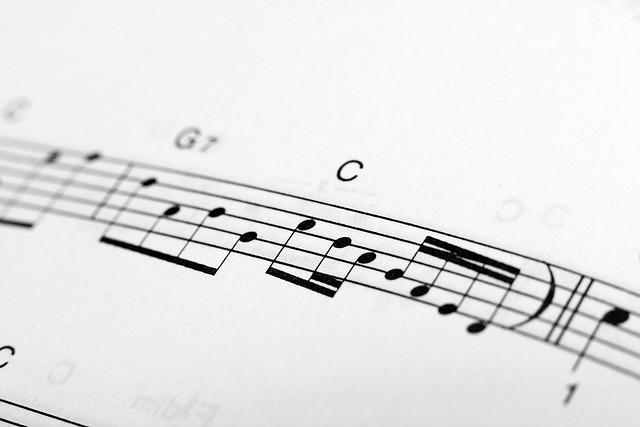Chord Formation
A chord is nothing more than the union of 3 or more different notes played at the same time. If it’s a union of 3 notes, we call it a triad. If we press 3 different keys of a piano (different meaning that they are not the same note, not even in a different octave), we will have a chord, we won’t know what his name is, but it is a chord. Depending on how we form the triad (specifically, the interval or number of semitones there is between the notes forming the triad, we will have one type of chord or another. Usually, and this applies to all chords, we will have a “base” note, which we’ll call “tonic”, from which the chord will be named after, and from which semitone distances will be calculated to the other notes of the triad, in order to define the type of[…]
Read More

Complicating Our Chords: Maj 6, Maj9, 7ths, 11ths and 13ths. | Learn To Play the Ukulele
[…] have already discussed major, minor, seventh, augmented, diminished, and suspended chords in a previous article. Of course we can…